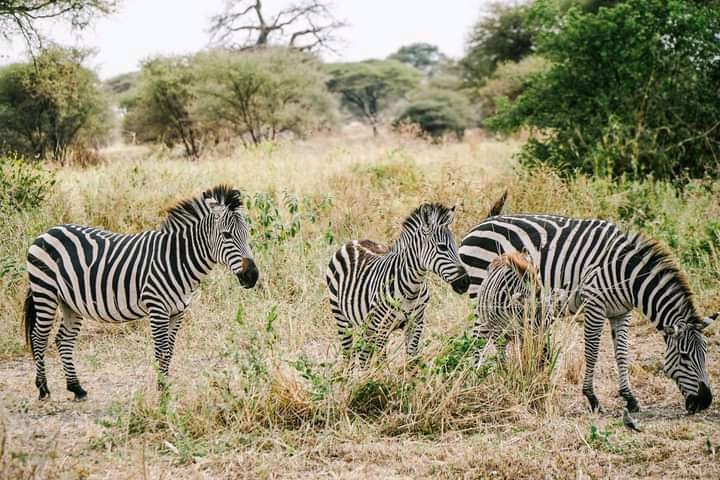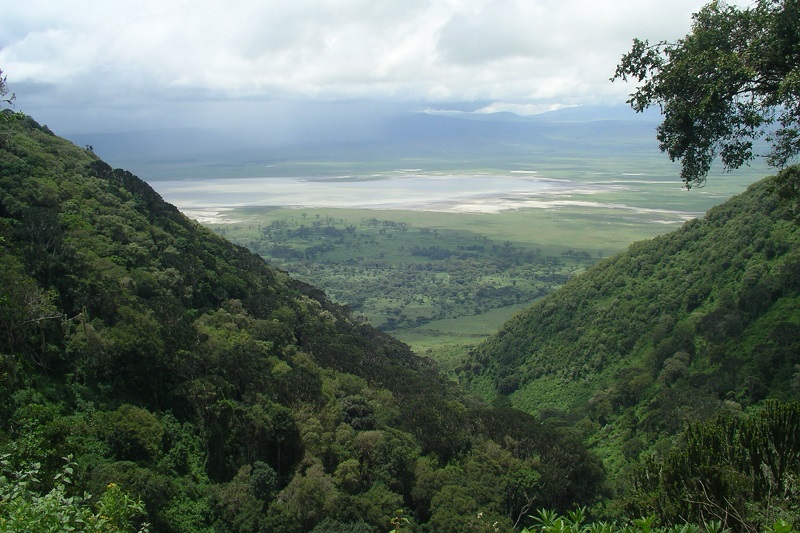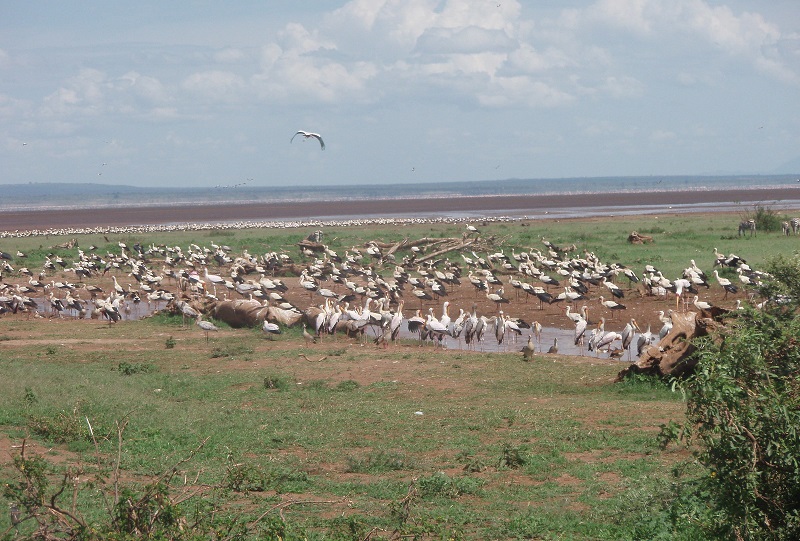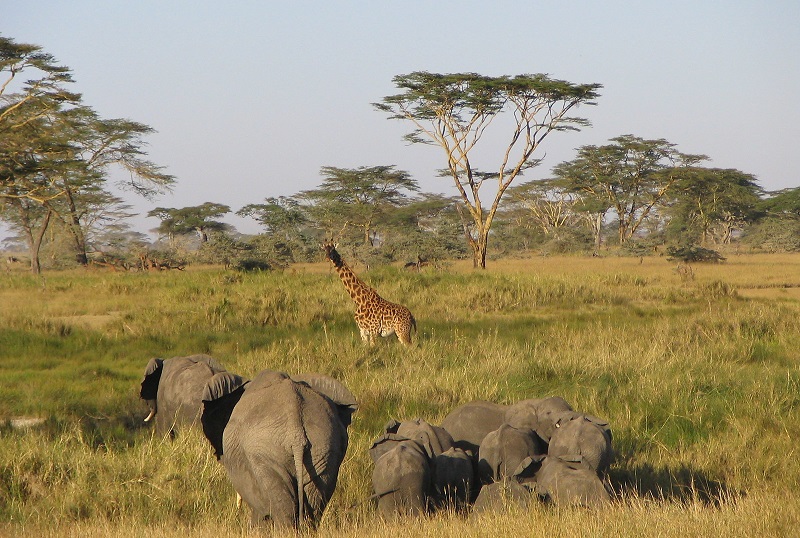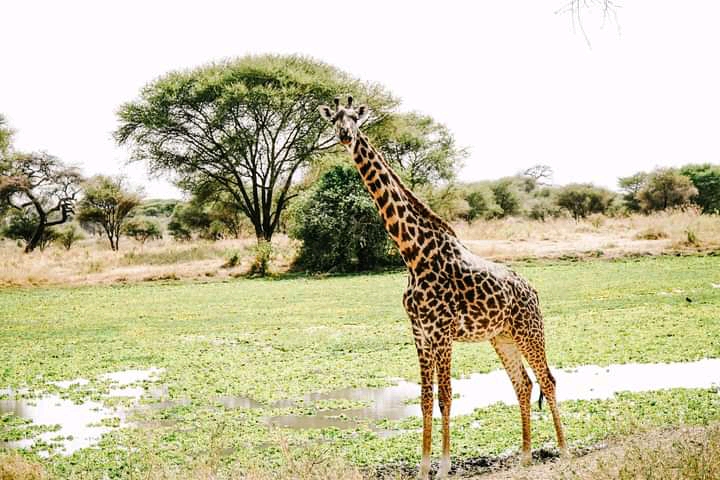7 Days Safari - Tarangire,Lake Natron, Ngorongoro & Lake Manyara
ABOUT SAFARI
Serengeti National Park
The Serengeti Park in Tanzania is part of the Serengeti ecosystem of the Mara and Simiyu regions. It is popular for its annual migration of over 1.5 million wildebeest and 250,000 zebra and its numerous Nile crocodiles. Seen in abundance are Masai giraffe, waterbuck, impala, warthog, and hippo. Serengeti is also known for its big 5 sightings.
Ngorongoro Conservation Area / Caldera
Ngorongoro Area is about 180 km west of Arusha in the Crater Highlands area of Tanzania. It has a large volcanic caldera within the area.
You can spot Black Rhinos, Buffalo, Hippos, Blue Wildebeest, Grant's Zebra, Eland, Grant's and Thomson's gazelles, Waterbucks. Giraffe, impala, topi, oribi, the crocodile is absent. Cheetah, East African wild dog, and African leopard are not seen often.
TARANGIRE
The name of the Tarangire National Park originates from Lake Tarangire in the dry season, thousands of animals concentrate in the park from the surrounding wet-season and calving areas. The park is famous for its high concentration of elephants and baobab trees. From June to November is the dry season visitors can expect to see large herds of thousands of zebra, wildebeest and cape buffalo.
Waterbuck, giraffe, dik-dik, impala, eland, Grant's gazelle, lion, leopard, cheetah, caracal, honey badger, and African wild dog are the common inhabitants of the park. Tarangire National Park is home to more than 550 bird species, the park is a haven for bird enthusiasts.
LAKE MANYARA
Lake Manyara National Park is located between Lake Manyara & the Great Rift Valley. Known for droves of thousands of flamingos that feed along the edge of the lake in the wet season. The park is a renowned breeding site for thousands of Pink-backed pelican and yellow-billed stork.
You see myriads of Wildebeest, Zebra, Thomson's Gazelle, Grant's Gazelle, Impala, Cape Buffalo, Giraffe, Hippopotamus, Baboon, Warthog, and African Bush Elephant, Lion, Leopard, African wild cat, spotted hyena, black-backed jackal, bat-eared fox, etc. Cheetah and African golden cat are sighted occasionally.
DAY 1: Moshi/Arusha to Tarangire National Park
You will be picked up in the morning and after a short briefing you will head off in direction of the
Tarangire National Park. The park with its savannah, baobab trees, and seasonal swamps is home to huge
elephant herds. This also includes a selection of mammals ranging from giraffes, bushbucks and hartebeests
to zebras and warthogs. Besides this some of the most ferocious African predators like buffaloes, lions,
leopards and the cheetahs are rarely spotted here. This would be an awe-inspiring experience to watch the
wandering animals from the open roof of our safari vehicle. You would head to a nearby camp in the late
afternoon for the rest and the overnight stay.
DAY 2: Tarangire Area to Lake Natron
After breakfast you will leave the area around Tarangire National Park and head to the multicultural
village of Mto wa Mbu. From here you will travel on a spectacular and very bumpy gravel road along
the Rift Valley Escarpment with Ol Doinyo Lengai “the holy mountain” of the Masai in the distance.
Today’s destination is the typical Masai village of Ngare Sero in the hot and dusty Rift Valley.
From a distance you might be getting to see the pick glow of the flamingoes while breeding and
feeding and with the going down of the sun you will join a Masai guide on a walk to a nearby
waterfall. After enjoying the beauty of the nature here you would return to the campsite for
the dinner and the overnight stay.
DAY 3: Lake Natron to Serengeti National Park
After an early start, you will travel along adventurous dirt tracks with breath-taking views as
your vehicle climbs out of the Rift Valley to reach the grassy plains of the Serengeti by midday.
In Massai Serengeti means “endless plains” and truly you would find the grassland savannah
stretching here to the horizon with the dotted grazing animals. Serengeti is a must sought park
for anyone planning for Tanzania. Because , I is the park , where the greatest wonder of the
world “ The Annual migration of wild beasts “ is conducted in which millions of the animals
march in quest of fresh pasture and water without caring for their life and even the life of
their calves. After your game viewing you will overnight at a campsite in the northern or
central part of the park.
DAY 4: Serengeti National Park
The entire day is dedicated to game viewing in the Serengeti National Park. You will either go
on a full day game drive or join early morning and afternoon drives in the Seronera area, depending
on last night’s stop. The best time to find the wild beasts here is between December and May and for
the calving session January and March is the right session to visit. The Seronera area is also the
best place to spot the shy and nocturnal leopard. You will spend the night at a campsite in the
Seronera area.
DAY 5: Serengeti National Park to Ngorongoro Conservation Area
The morning is set aside for another game drive in the Serengeti and you might spot some creatures that
you haven’t seen yet. Animals tend to be more active in the morning before the temperatures soar around
midday. After lunch, you will leave the plains of the Serengeti and travel to the highlands of the
Ngorongoro Conservation Area. You will camp at a campsite directly on the Ngorongoro Crater’s edge with
a view over the collapsed volcano. It is a perfect spot to enjoy a sundowner at sunset.
DAY 6: Ngorongoro Crater to Mto wa Mbu
Rise and shine! It is up at daybreak to take on the steep path leading down into the 600 m deep crater.
The slopes are forested but soon the landscape changes to savannah with the occasional acacia tree here
and there. The wildlife in the crater is just breath-taking and with a little luck you might see the
“Big Five” – lion, elephant, buffalo, rhino and leopard. You should also see warthogs, wildebeests,
zebras, hippos and some of the more than 500 bird species of the area. After an entire morning of game
viewing and a picnic lunch in the crater, you will travel to Mto wa Mbu where you will overnight
on a campsite.
DAY 7: Mto wa Mbu to Lake Manyara to Moshi/Arusha
After a leisurely breakfast drive to the Lake Manyara National Park. Not only is this park a
bird-lover’s paradise with over 400 species of birds, but is also home to primates such as baboons and
blue monkeys and many herbivores, such as elephants, hippos, wildebeest, impalas and giraffes.
You might even catch a glimpse of the more carnivorous inhabitants, such as leopards and lions.
Through the pop-up roof of your safari vehicle you will see the landscape changing from lush acacia
woodlands to grassy floodplains, where colonies of flamingos and other water fowls can be found on the
alkaline Lake Manyara shoreline. After extensive game viewing you will leave the park and you will
start your return trip to Moshi/Arusha. You will be dropped off at a hotel of your choice or at
the airport.
Price Table For 3 Days Serengeti & Ngorongoro
| GROUP SIZE | PRICE($ DOLLER) |
|---|---|
| 1 Person | $ 1600 |
| 2-4 People | $ 1550 |
| 5-7 People | $ 1500 |
| 8 -10 People | $ 1450 |
| 10++ People | $ 1400 |
PRICE INCLUDES
Private transport to & from Kilimanjaro International Airport to your accommodations in Moshi.
2 nights of accommodation in Moshi.
Transportation to & from the Kilimanjaro gate.
Park entry fees.
Camping fees.
Team Kilimanjaro Rescue fees.
18% VAT on tour fees & services.
4 Season mountain tents.
Double layered Sleeping Mats.
Friendly and professional mountain guides, cook and porters.
3 hot meals daily while on the mountain.
Enough treated & filtered drinking water throughout the trek.
Hot water for washing.
Fair wages for the mountain crew as approved by the Kilimanjaro National Park Authority (KINAPA), Kilimanjaro Association of Tour Operators (KIATO).
Government taxes.
Portable oxygen tanks & ox meter
Emergency first-aid kit.
PRICE EXCLUDES
Lunches, dinners and drinks at your hotel before and after climb.
Travel insurance.
Portable flush toilet with a toilet tent is available for extra charges $ 70 for the entire trek.
Flights.
Laundry (Available at hotel).
Personal items and toiletries.
Tips on Mountain Kilimanjaro are recommended for group sharing as follows:
Guide $20/guide/day ,
Cook $15/day,
Porters $10/porter/day.
Kilimanjaro Trekking Equipments
Clothes
Waterproof pants
1-2 Long Sleeve Trekking Shirts
1 Pairs of hiking pants
1 Fleece Jacket
1 Insulated Winter Jacket
2 pairs synthetic warm weather trekking socks
4 pairs heavier synthetic or wool blend socks
Top and Bottom Base Layer
3-4 Short Sleeve
Water/Windproof mittens
Lightweight gloves
Lightweight Rain gear
1 Pair of hiking boots
Balaclava
Trekking Equipment
A day pack
Headlamp with extra batteries
1 Sleeping bag
1 Duffel bag
A pair of trekking poles
Accessories
Backpack cover
Water bottle
Sunglasses
Electronic devices
Camera/Smartphone
Extra batteries/Power bank

